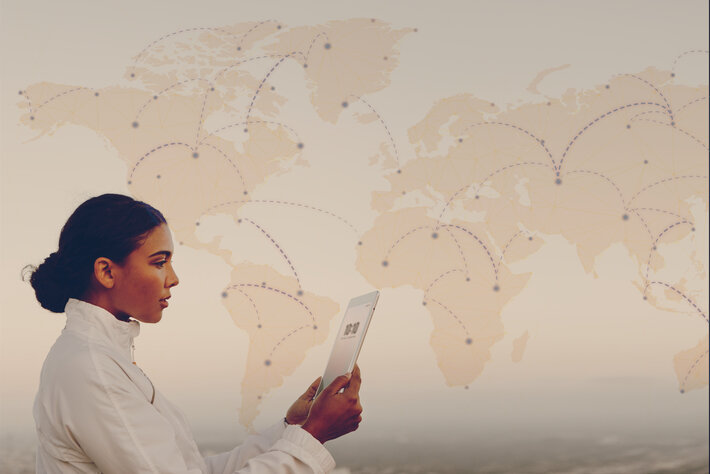In researching an article on data analytics, some feedback had to be left out because it didn’t quite enter the spirit of the concept, writes Nick Booth

Mobile operators are never going to be loved, they’ll always suffer from defections and the best way to inspire loyalty would be to offer a good basic service, said some of my interviewees. I sometimes suspect that if anyone needs an expensive analytics machine to understand what customers want, they’re probably in the wrong job.
Big data analysis has massive potential for good but only if you employ the right people to ask the right questions. A good example of the chasm between data analysts and the customers is their interpretation of new trends.
Marketing people are in love with the concept of disruptive technology. But that phrase only conjures up terrible images of computer systems not working and companies grinding to a halt while disputes break out. It’s not just in the dictionary that disruption is close to dismay.
It’s time we stopped burdening big data with so much negative emotional baggage, according to Frederic Pivetta, the managing partner of data for good, at Real Impact Analytics (RIA). The company actually uses telecoms big data in a positive way, to alleviate poverty, pestilence and disease.
Before RIA got involved, The World Food Program (WFP) worked to prevent food crises by collecting field surveys in target geographies. It still does, but RIA’s use of big data made it much quicker and more efficient.
By getting CSPs to continuously share anonymised BSS/OSS data, it somehow built models that illustrated how disease is spread and how the variables that affect the food supply can lead to famine. That big data from the CSPs actually saved lives.
The various silos of data owned by CSPs tell all sorts of stories. They can give a pattern of mass movement, for example, to show how the people of northern Zambia mass together and whether they socialise in a different way from their counterparts in the south of the country. This information, for example, can help the World Health Organisation to understand how disease outbreaks are spread. Viruses, such as Ebola, HIV and Malaria, all have distinct methods of being passed on. So the communications records of a nation can tell the story of how disease is passed on. Malaria, for example is spread by night biting mosquitos, while Ebola comes from direct physical contact. By examining patterns of behaviour – as indicated by the geo-positioning of crowds, the physical proximity and activity – analysts can get ideas about how diseases are most likely to be spread and, as a consequence, develop strategies to combat this. The data, in short, tells them whether a mass investment in mosquito nets, or a programme of health education, is likely to save more lives. By looking at the mobility patterns of a population and understanding connection between towns, telecoms data can also help to determine where these activities will have the most impact.
A study on behalf of the World Food Program (WFP) is preventing food crises by collecting field surveys in target geographies. With the support of WFP and UN Global Pulse, RIA researched other means to effectively identify areas at risk of extreme hunger.
Analysis compared the measures extracted from call detail records and airtime credit purchases to the results of a nationwide household survey conducted at the same time. It found a high correlation between voucher purchase patterns and several food security variables such as the expenditure on food and vegetable consumption.
Working with CSPs to continuously share this anonymous data, RIA can give WFP a regular feed of systematic proxies for food security.
Big data, in this context, is about guiding policy makers by providing a superior alternative to the traditional time consuming and inaccurate methods of manual surveys. In this case mobile telecoms technology is creating vital intelligence for the humanitarian organisations so they can decide where and when help is most needed.
The only people the CSPs seem to be disrupting are the Four Horsemen of the Apocalypse. There must be a lesson we can learn from this.






